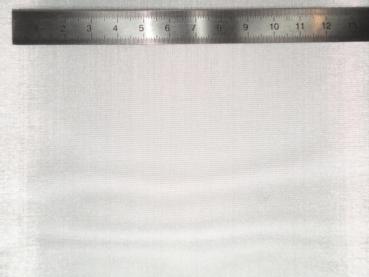I am about to get back into the hobby and am looking for some habitat/species advice.
Quick backstory, many years ago I had a Mexican Red Leg but that was my only one and I've always wanted to get another. Since that day I've had snakes, scorpions, fresh water tanks, reef tanks and we rehab small mammals for one of the local Vet offices.
Now I had a custom freshwater tank I built and are in the process of moving them all to a new 75 gallon. I am going to repurpose this tank into the new spider habitat. It's pretty long at 75" and is 12" wide by 12" high. I would like to create a natural habitat with living plants for whatever species I decide to get. It also seems pretty clear that this tank is far too long for just one spider so I'll probably install some baffles and have 2 possibly 3 living in this environment. All of them will need to thrive in the same type of environment so Im not settled on which species would be best for this.
So here's my questions for the experts here, I hope I can get some advice that will help me create the perfect habitat.
What type of environment would be best suited? Arid as in desert-like or more humid with a rainforest feel? Any suggestions on resources for building a 'living' tank as opposed to one with just substrate and rocks?
As for species, I am a novice with spiders but not with venomous reptiles, I have no desire to hold and/or handle a spider so picking a more aggressive species is not a concern. If you had your choice of two spiders to put in a a 'living' type of tank which two would you choose?
I am sure as the build progresses I'll post updates and have more questions so thanks in advance for any insight that is provided.
I'll include the picture of the tank, although the current inhabitants haven't been evicted yet, that happens this weekend!

Quick backstory, many years ago I had a Mexican Red Leg but that was my only one and I've always wanted to get another. Since that day I've had snakes, scorpions, fresh water tanks, reef tanks and we rehab small mammals for one of the local Vet offices.
Now I had a custom freshwater tank I built and are in the process of moving them all to a new 75 gallon. I am going to repurpose this tank into the new spider habitat. It's pretty long at 75" and is 12" wide by 12" high. I would like to create a natural habitat with living plants for whatever species I decide to get. It also seems pretty clear that this tank is far too long for just one spider so I'll probably install some baffles and have 2 possibly 3 living in this environment. All of them will need to thrive in the same type of environment so Im not settled on which species would be best for this.
So here's my questions for the experts here, I hope I can get some advice that will help me create the perfect habitat.
What type of environment would be best suited? Arid as in desert-like or more humid with a rainforest feel? Any suggestions on resources for building a 'living' tank as opposed to one with just substrate and rocks?
As for species, I am a novice with spiders but not with venomous reptiles, I have no desire to hold and/or handle a spider so picking a more aggressive species is not a concern. If you had your choice of two spiders to put in a a 'living' type of tank which two would you choose?
I am sure as the build progresses I'll post updates and have more questions so thanks in advance for any insight that is provided.
I'll include the picture of the tank, although the current inhabitants haven't been evicted yet, that happens this weekend!

Last edited:







